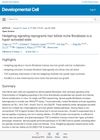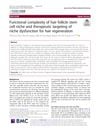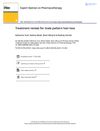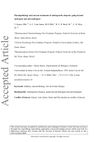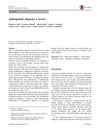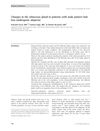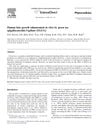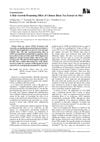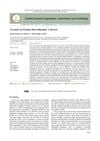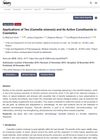Pu-Erh Tea Reduces the Transmission of CRD-Mediated Alopecia Risk to Offspring
April 2024
in “
Food Frontiers
”

TLDR Pu-erh tea reduces hair loss risk in offspring.
The study examines the effects of Pu-erh tea on reducing the transmission of circadian rhythm disorder (CRD)-mediated alopecia risk to offspring using 48 C57BL/6 J mice. CRD disrupts hair regeneration by affecting circadian rhythms and androgen release, leading to alopecia, particularly in male mice. Pu-erh tea, rich in epigallocatechin gallate (EGCG), shows potential in alleviating CRD-induced alopecia by inhibiting 5α-reductase activity, reducing oxidative stress and inflammation, and promoting hair growth protein activation and DNA repair. The tea also improves glucolipid metabolism and regulates hormone secretion, which helps reduce the risk of alopecia transmission. RNA-seq analysis revealed significant changes in gene expression, affecting pathways crucial for hair growth and metabolic homeostasis. The study suggests that Pu-erh tea consumption by parents may reduce the transmission of CRD-induced alopecia risk to their offspring, although further investigation is needed to fully understand the mechanisms involved.
